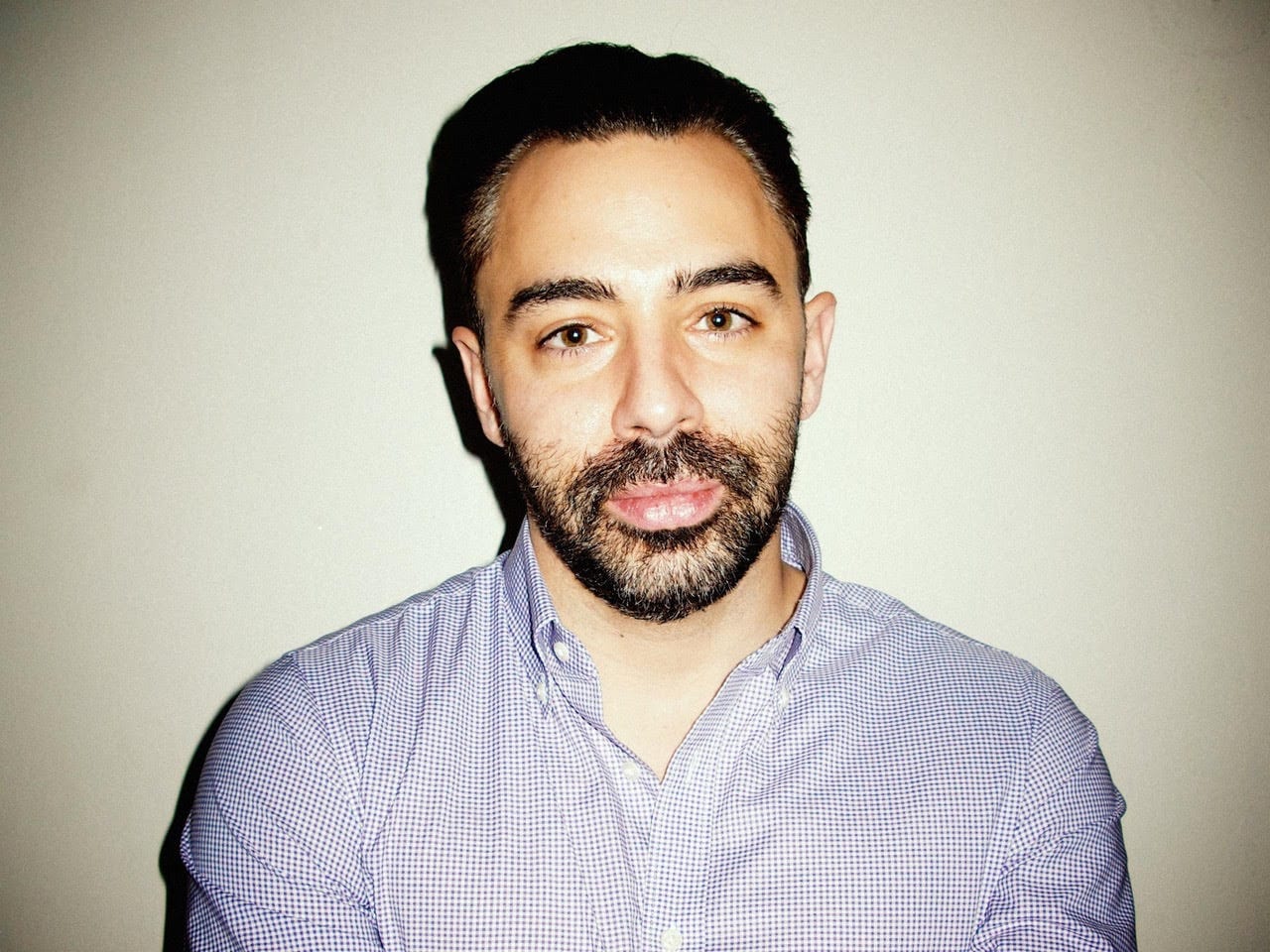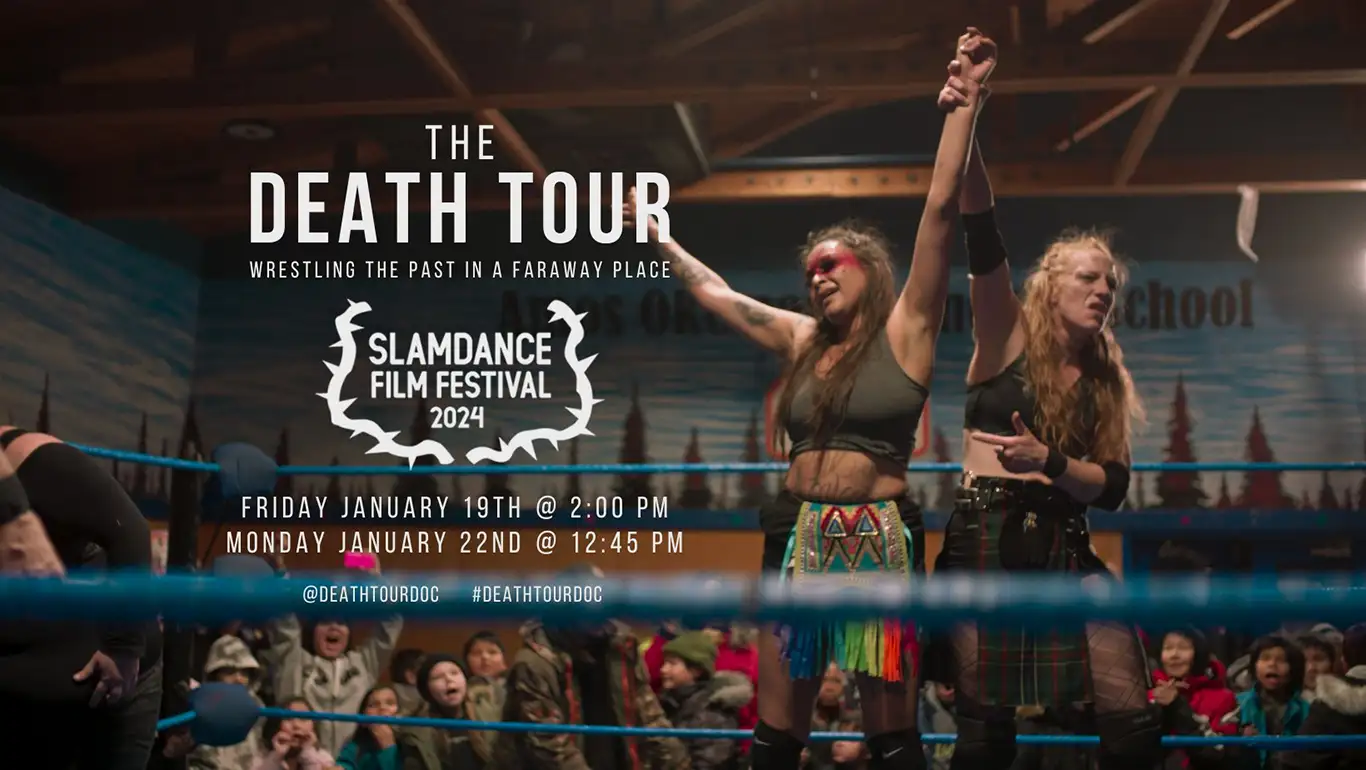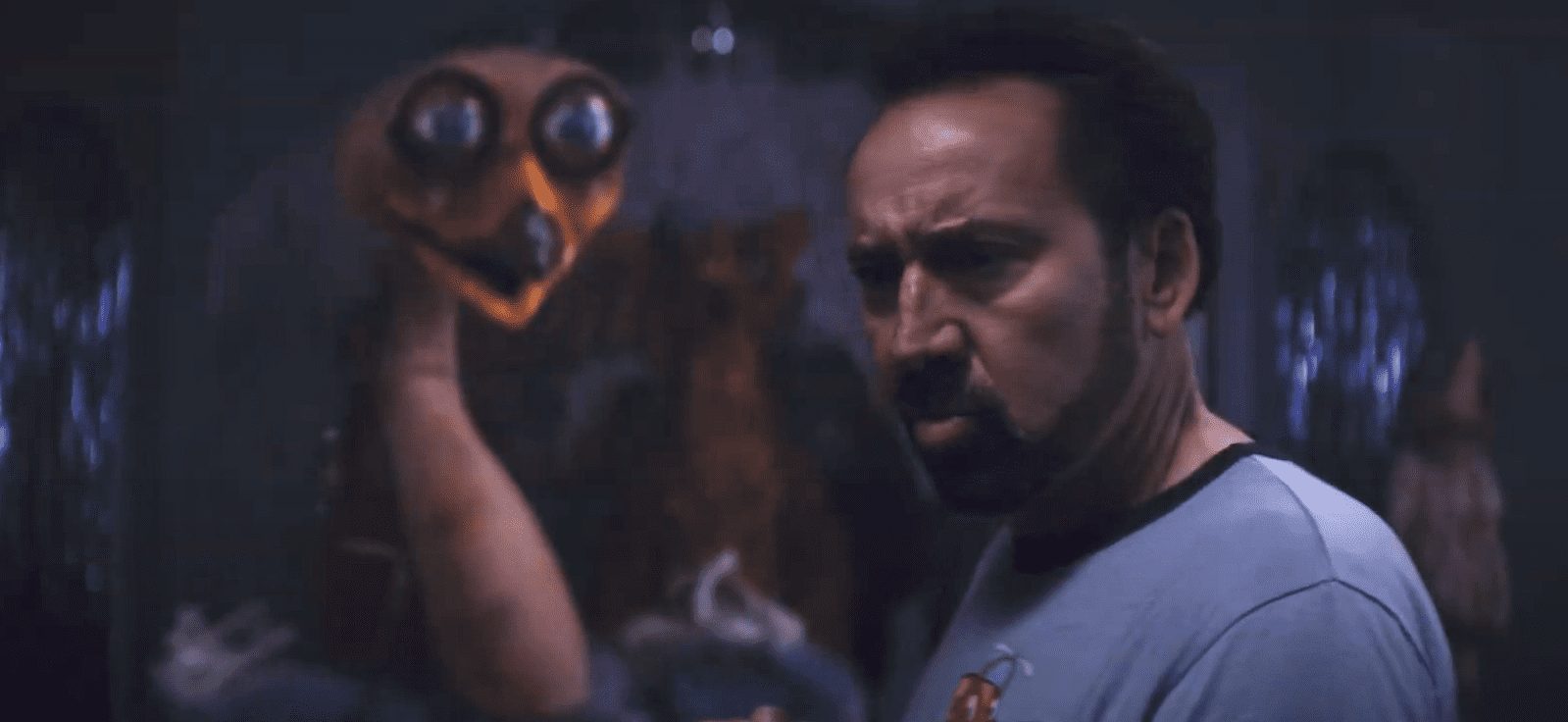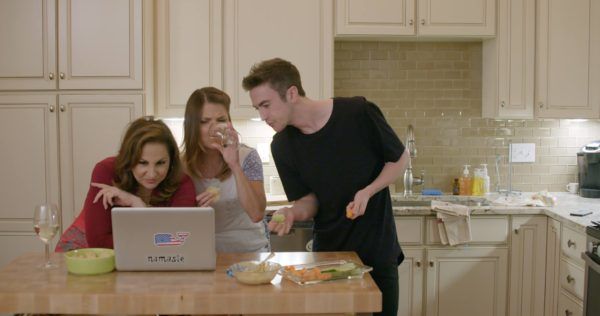Written and directed by Nathan Catucci, Impossible Monsters tells the story of Dr. Rich Freeman (Santino Fontana), an aspiring and well-liked psychology professor, who pursues a sleep study with a focus on nightmares, dreams, and sleep paralysis ? the success of which would result in a lucrative grant.??As the line between dreams and reality blur, a member of the study is murdered, and everything begins to unravel, leaving Rich fighting to make things right. Asked how he began developing the film, Catucci notes that the idea stemmed from his own interest in the subconscious and its connection to reality.
?Throughout high school, I was always kind of fascinated by dreams and nightmares and our perceptions of reality,? he begins. ?As a senior in NYU, I was applying for a grant that provided funding for short films that promoted stories about science? I wanted to explore dreams and nightmares and I wanted to explore it through the science of dreams through art, mainly Henry Fusili’s painting ‘The Nightmare’ and Francisco Goya’s etching, ‘The Sleep of Reason’. [Both are in the film and Goya’s work is] also where we get the title. It’s based on his quote ‘Fantasy abandoned by reason produces impossible monsters.??
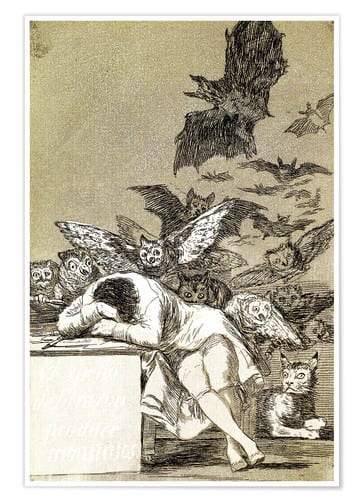 Using Goya?s famed quote as the foundation for his film, Catucci recognizes the importance of remaining grounded in reality emotionally and spiritually, in spite of the appeal of our fantasy world.
Using Goya?s famed quote as the foundation for his film, Catucci recognizes the importance of remaining grounded in reality emotionally and spiritually, in spite of the appeal of our fantasy world.
?I use that quote because it’s not just about [Dr. Freeman’s character], but it’s also that we’re dealing with dreams, nightmares, fantasy and reality,? he states. ?I think just as people, fantasy is a very tricky thing. It can be a very fine line that you can kind of get caught up in at the detriment to the reality around us. It can be dangerous. That’s kind of how I came to that. Also, from a visual level, the etchings were part of a series that he had produced, that some thought he was criticizing society and how it had become corrupt during the Spanish inquisition. But from a visual level, that piece in particular, depicts an artist asleep at a desk. There’s owls, creatures and the darkness behind him and so we also kind of used that as inspiration when we went to visually put the film together.?
In light of this, Impossible Monsters?delves deeply into the relationship between art and expression. Through characters like Otis and Jo, the film explores our wildly diverse creative impulses and the impact that they have on our understanding of the world.
According to Catucci, ?Art?and this goes beyond just films but poetry and everything?is a reflection of how we feel,? he expounds. ?It’s ultimately what will be shown throughout time. A history book is very factual about what happens on what date but art, in some ways, is a history of how we feel, our emotions. It’s certainly in the case of Otis is how he’s expressing how he feels about the world through his art and in ways that are very visceral. It’s really a reflection of his emotions.?
?My friend, who’s just a phenomenal painter, came on board and was willing to start putting together all the paintings that you see in the film for the character of Otis. These are all original artwork created specifically for the character and it was all oil painting on canvas that were very large. Some of them are like 53 by 55 inches. (Some paintings got as 69 by 74 inches, which is just massive!) She put these together over the course of nine months prior to filming.?
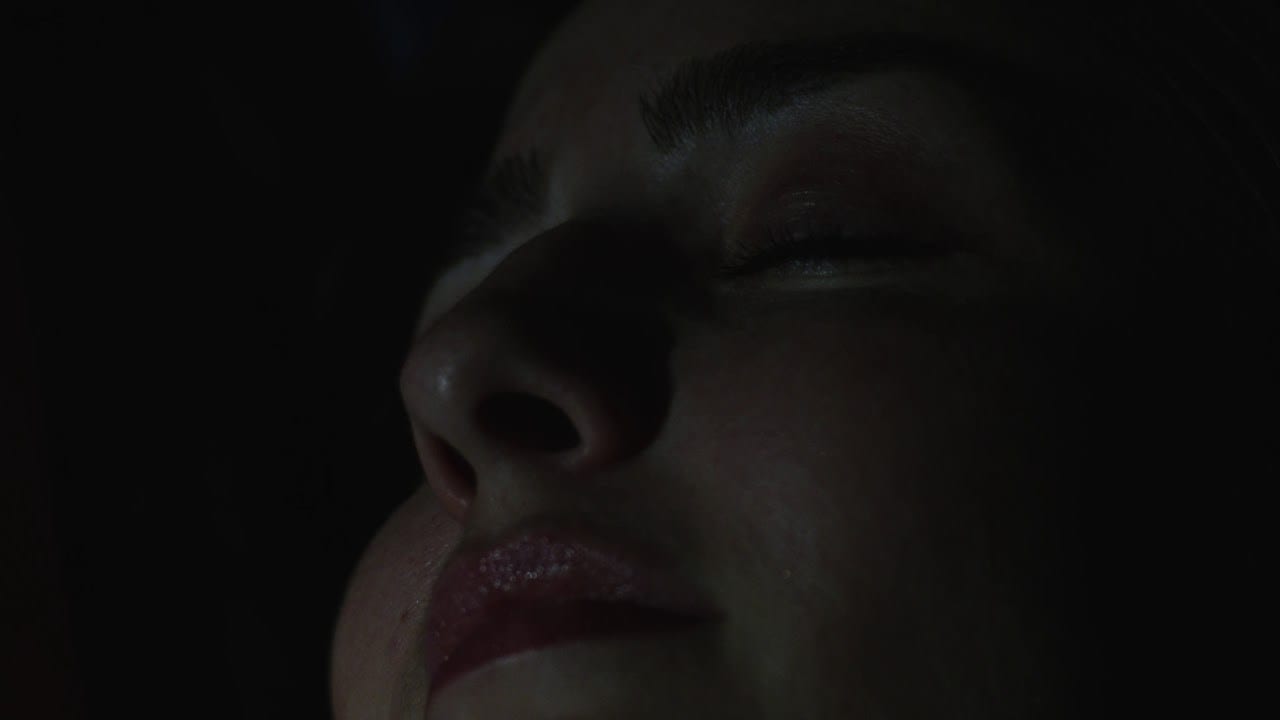 What?s more, Catucci?s fascination with dreams also helped fuel his understanding of the arts and their reflection of our inner desires.
What?s more, Catucci?s fascination with dreams also helped fuel his understanding of the arts and their reflection of our inner desires.
?Dreams are fantasies and emotions that we can’t quite bring to the real world,? he explains. ?Sometimes dream happen and, if we remember them when we wake up, we ask, ‘Why did this play out this way? What was it about this?’ It does serve as a reflection into our inner emotions and, sometimes, things that we may or may not be comfortable with. Certainly, again, I think it kind of it just kind of goes back to the ability to bring out what’s inside of us and dreams kind of help that. I think that was one of the things that always attracted me to them.?
It’s the character of Dr. Freeman who plays a central role within the film, as he finds his world upended while he delves deeply into the warped psychology of his subjects. In casting the complex role, Catucci found his Dr. Freemna in Santino Fontana (Crazy Ex-Girlfriend, Frozen) due to his ability to bring an affability to the character.
?I wanted someone who was incredibly likeable,? he claims. ?Dr. Freeman could’ve been played very differently. It could have been much darker per se. But I really liked how, [while] Santino brought a lot of depth to the character, he also brought a lightness to it. I felt like that really connects with the audience and they’re able to connect with our lead character in a likable way. Certainly [that’s important] when the character is making choices that may not necessarily be the right choices or choices he struggled with.?
 As his first feature length film, one might expect that Catucci would find the process overwhelming. Even so, he insists that, despite the challenge of creating an extended script, he was excited by the opportunity to learn and develop his skills.
As his first feature length film, one might expect that Catucci would find the process overwhelming. Even so, he insists that, despite the challenge of creating an extended script, he was excited by the opportunity to learn and develop his skills.
?A feature is just a bigger scale. The bigger challenge is just being able to carry and tell a story, start to finish…,? he argues. ?In a film of our size, we had 18 days of shooting, so we had to make decisions on how we were going to shoot, editing, and all the elements that are built around that… That was part of the challenges being able to carry a full-length story as opposed… to three minutes. But it’s something that I feel like I learned throughout the process. I felt really fortunate because the cast and crew that we have to learn through the process and create the picture.?
Impossible Monsters?is now playing at the Cinequest Film Festival
For full audio of our interview with Nathan Catucci, click here.
FilmInterviews
